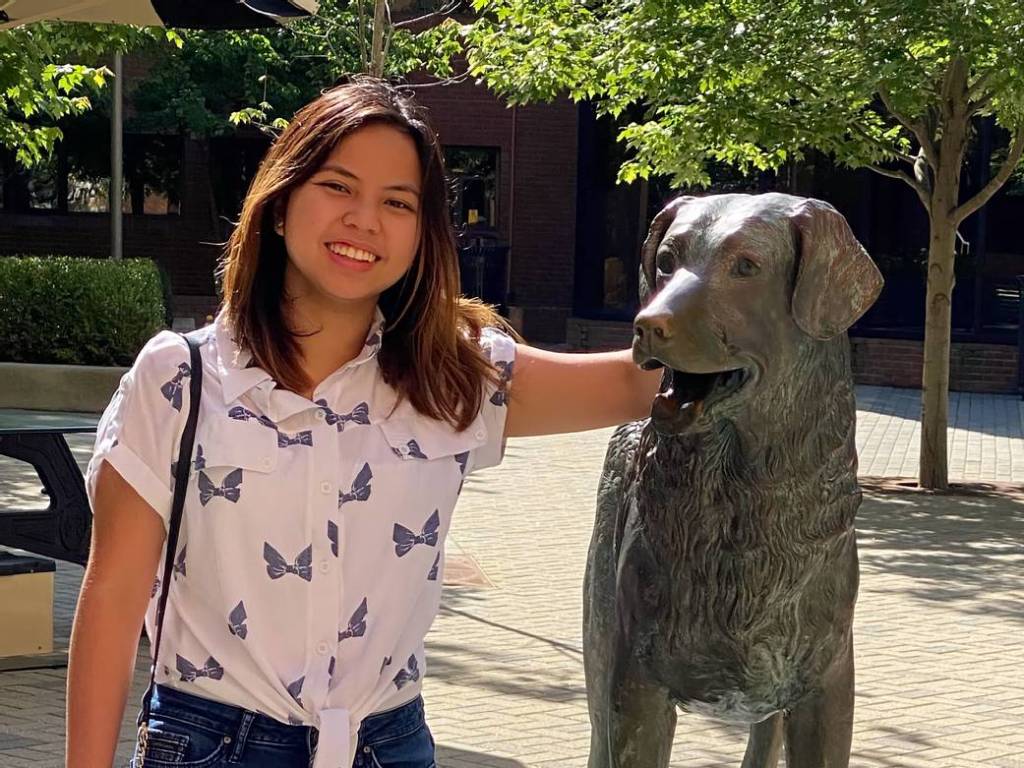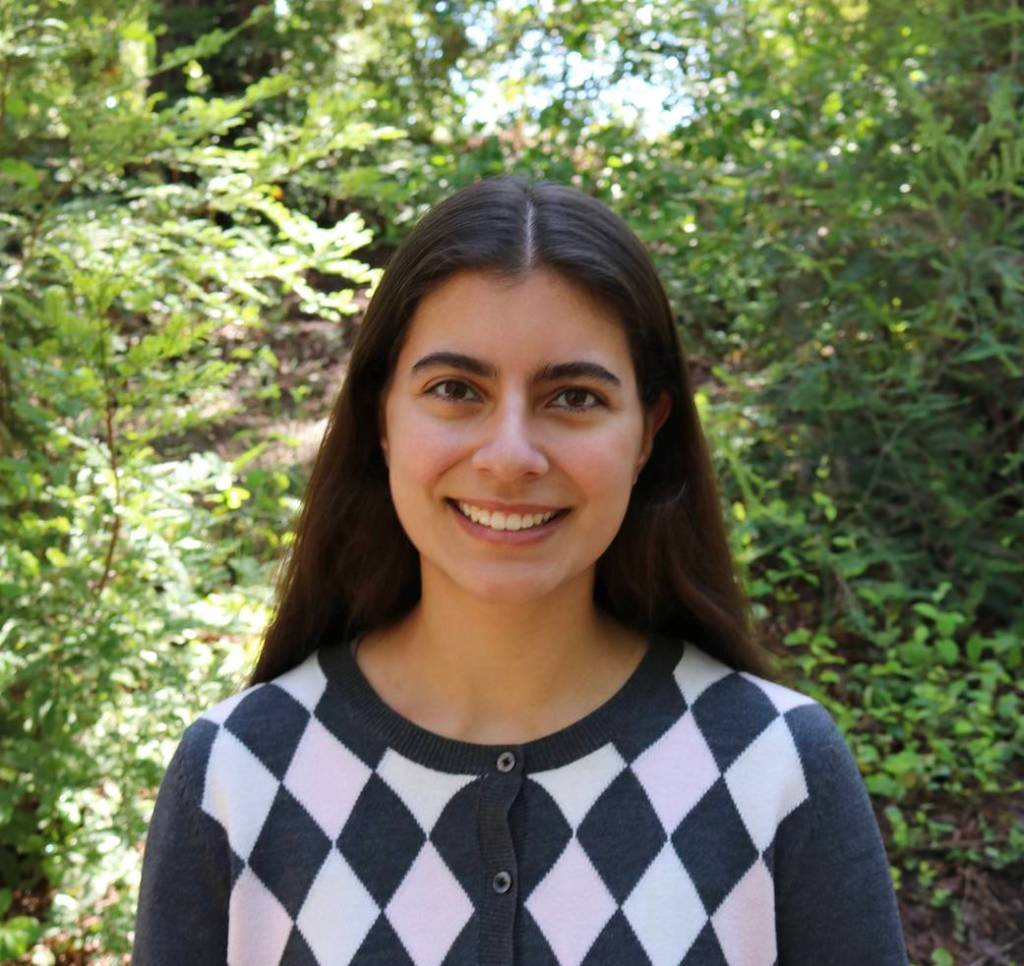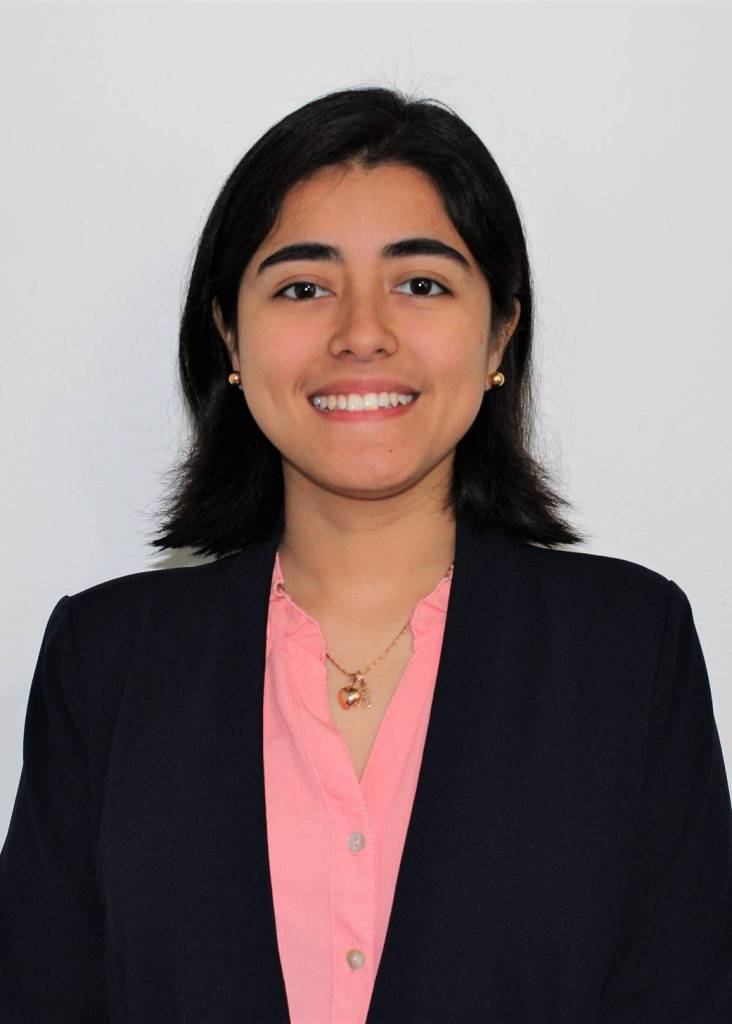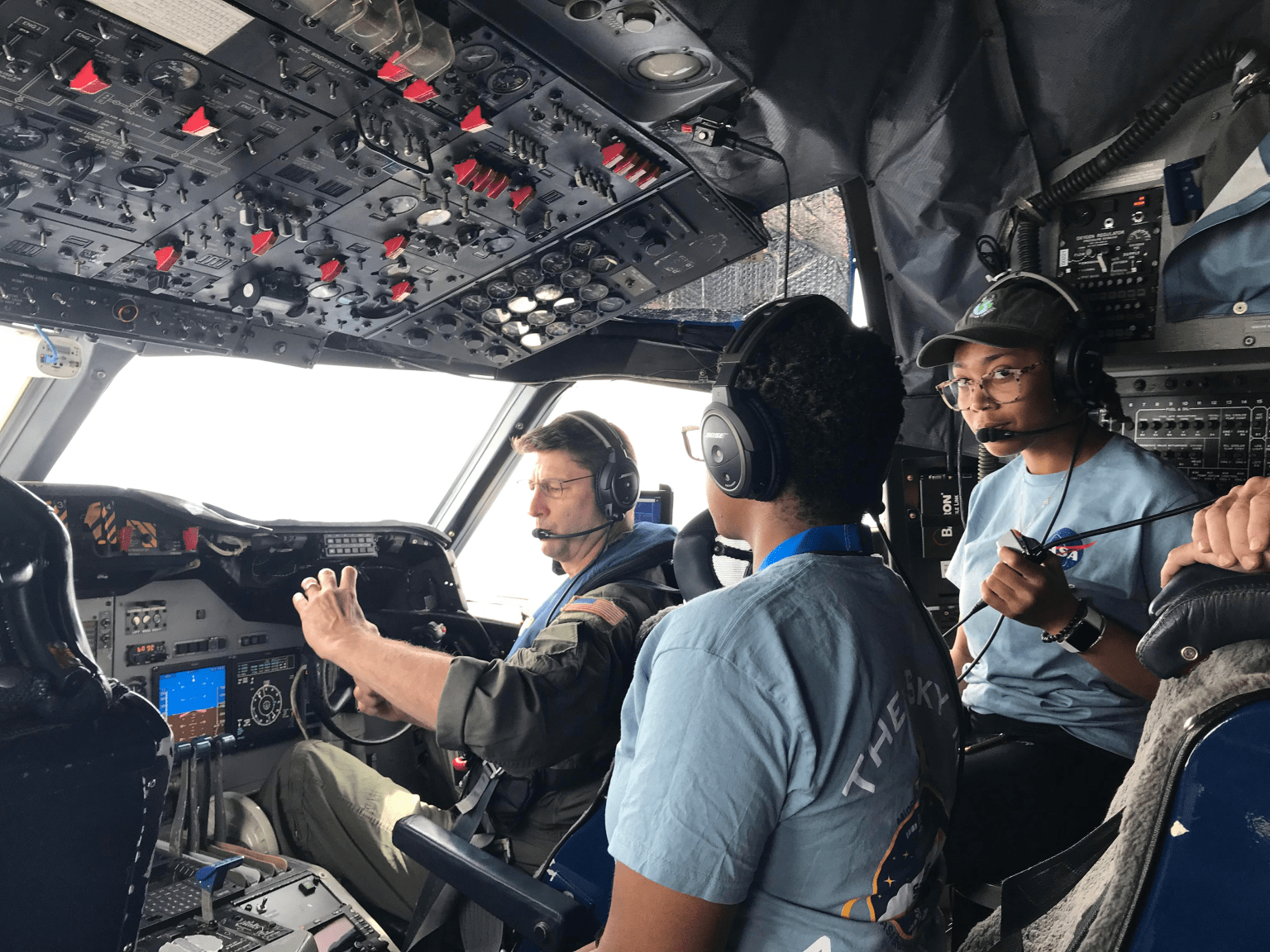
SaSa Program
Participants in the Student Airborne Science Activation Program gain hands-on research experience in all components of a scientific research campaign, including flying onboard the NASA P-3 research aircraft to collect land, ocean, and atmospheric measurements.
TODAY
Participants per class
Eligible Universities
The Student Airborne Science Activation (SaSa) program selects highly motivated early-career undergraduates at eligible universities to participate in an 8-week summer research experience. The full-time, paid internship includes a competitive stipend, housing, and travel, for each of its 25 participants.
About SaSa
The word “sasa” in Kiswahili, means, “now”; it was adopted here to convey the urgency of our mission. SaSa is also an acronym: Student Airborne Science Activation.
The SaSa program draws on NASA SMD’s (Science Mission Directorate’s) unique assets (aircraft, aircraft sensors and experts) to create an effective learning environment, where students take part in a paid summer internship for eight weeks. They receive experiential learning experience delivered by NASA subject matter experts and guest lecturers, covering different topics such as basic remote sensing principles, basic atmospheric thermodynamics, atmospheric stability, and data analysis. Students also receive professional development training including scientific abstract writing, comprehensive literature review, networking and professional presentations (oral and poster). More importantly, students are connected to bridge programs (e.g., NASA internships, NASA Pathways, and NASA Student Airborne Research Program (SARP)), and receive guidance and science counseling to keep them motivated and engaged in the Earth science field through graduation and beyond, including proceeding to a graduate school or taking up a STEM career.
SaSa Class of 2022
SaSa has four main objectives:
- Create a student geoscience learning ecosystem enabling effective student engagement with NASA scientists & engineers, academic advisors, peers, and the local communities.
- Provide students with new skills to work with NASA science equipment and real data from field/airborne campaigns and satellites.
- Provide students with problem solving skills in the areas of instrument development, operation and mathematical tools and methods to analyze field data.
- Provide research, mentoring, and networking opportunities for early-career undergraduates.
In the News:
- Local students participate in NASA’s Airborne Science Program
- NASA Aircraft Conducting Study Over DC and Baltimore
- NASA Aircraft Conducting Atmospheric Studies Over DC to Baltimore
- SaSa Selects 25 Students from Minority Serving Institutions
2022 Graduate Student Mentors
The SaSa program benefits greatly from the experience and contributions of graduate mentors.
Graduate mentors are currently pursuing Ph.D.s in a variety of related fields, at universities across the country.
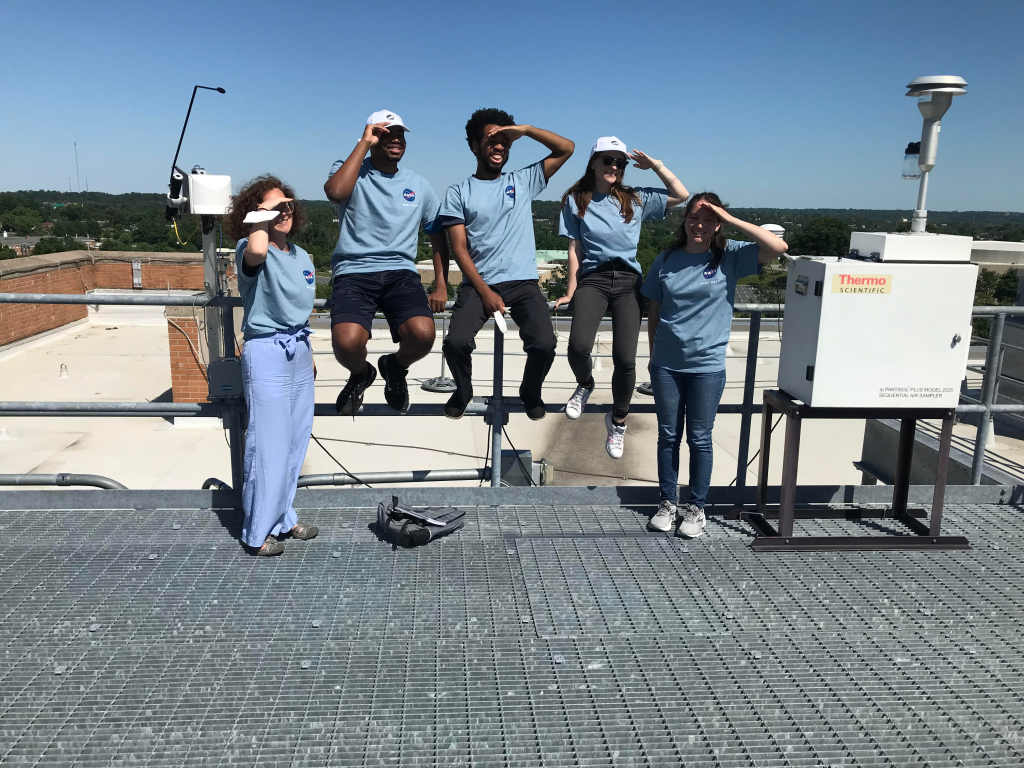
NASA Partners
The SaSa program partners with NASA Ames, Langley, and Goddard.
Research team members and a variety of instrumentation from all three centers support the program, providing a breadth of expertise from across the country.
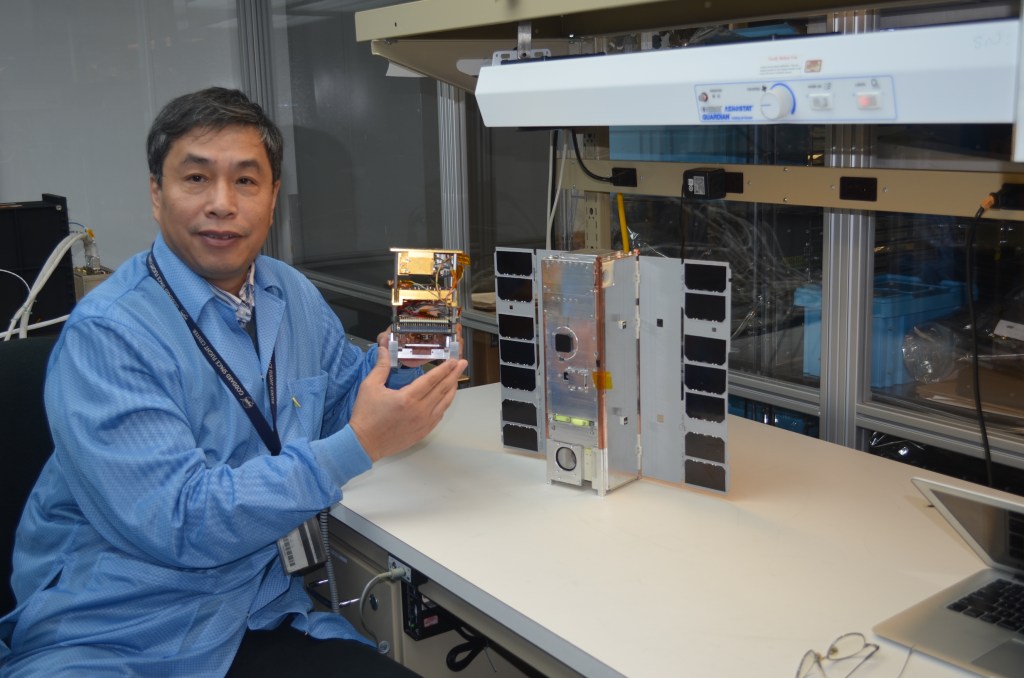
Learning Activities
The SaSa Program is split into three learning modules.
Participants start with workshops and training on fundamental concepts, before moving on to in-depth field work and mission planning, finally concluding with academic advisement and career mentorship.































